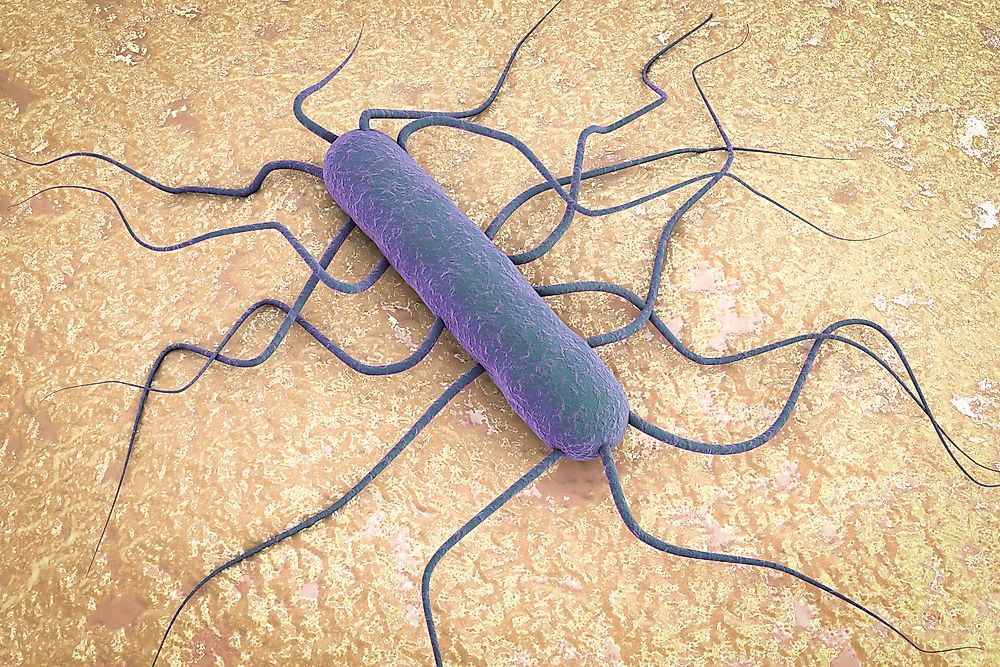
Description
Listeria monocytogenes is a food-borne bacteria that causes a disease known as listeriosis. Listeriosis can be simply defined as food poisoning. Once in the body, the bacteria can exist in the bloodstream and even higher numbers will be present in the cells. The bacteria thrive best when in the central nervous system of people with weak immune systems and may lead to serious infections such brain infections or meningitis or both. Other people who are likely to be easily infected by the bacteria include pregnant women, the elderly, and newly born children. In the case of pregnant women, the baby may be seriously affected to the extent that may cause a miscarriage, a stillbirth, severe infection, or premature birth. Healthy adults and children may also be infected although the bacteria rarely lead to a serious infection. Recent outbreaks in the world include Australia where at least 17 people died in 2018 with at least four dead.
Symptoms of Listeriosis
Listeriosis has an incubation period of between one and eight weeks. The most common signs of a listeria infection include muscle pains, fever, and even nausea or diarrhea at times. In case the infection finds its way to the central nervous system, then symptoms such as headaches, loss of balance, decreased consciousness, confusion, stiff neck, or convulsions may show. In the case of infected women, a mild sickness resembling the flu may be experienced.
Causes of Listeriosis
The bacteria, listeria, is found in water and soil. The most common ways its spread includes:
- Contaminated vegetables that grow in the soil with the bacteria or in soil that has been improved with manure.
- Animals can also be infected and end up contaminating meat and dairy products.
- The bacteria may also exist in processed foods like cold cuts and cheese.
- Another cause is raw or unpasteurized milk and any product made out of unpasteurized milk.
Diagnosis and Treatment of a Listeria Infection
Diagnosis of listeriosis is made based on someone’s medical history coupled with a physical exam as the doctor sees fit. Questions such as the food eaten and the environment one lives are not uncommon. Usually, a blood test is also included.
If a healthy person is diagnosed to have the infection, they are usually not given any medication as the infection disappears on its own within a short while. In the case of a pregnant woman, child, or adults with weak immune systems are infected, then antibiotics will dispel the infection as prescribed by the doctor.
Prevention of Listeriosis
Prevention includes:
- Immediately unpacking food when one gets home.
- People should ensure hygiene is observed in food preparation.
- Food should be stored, cooked, and served safely.
- People should follow the instructions on the packaging of foods. If in doubt, then the best option is to dispose of the food.
For pregnant women:
- They should avoid cold hot dogs, deli, or luncheon meats.
- Ensure that dairy products are made from pasteurized milk.
- Avoid refrigerated meat or pâté unless they are canned.
- Avoid salads prepared in a store such as ham salads.


 Users Today : 99
Users Today : 99 Total views : 468494
Total views : 468494